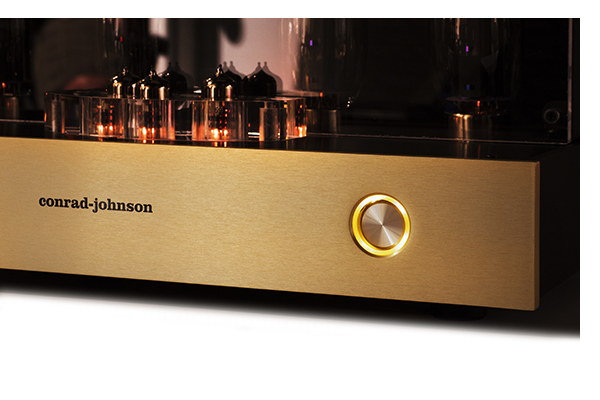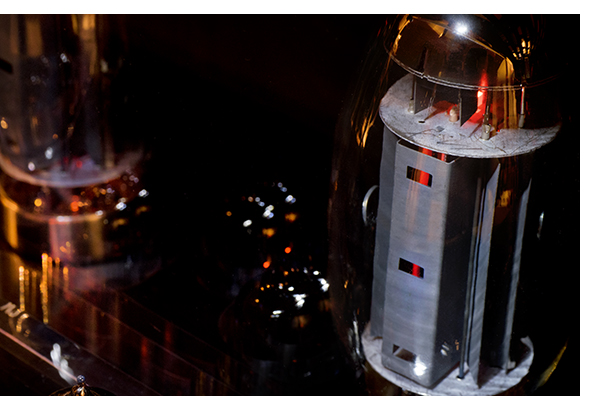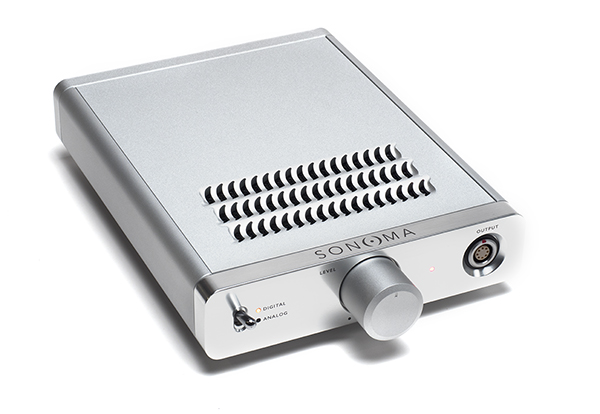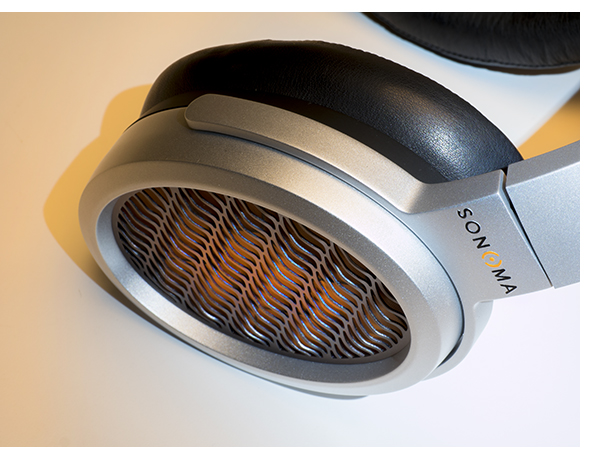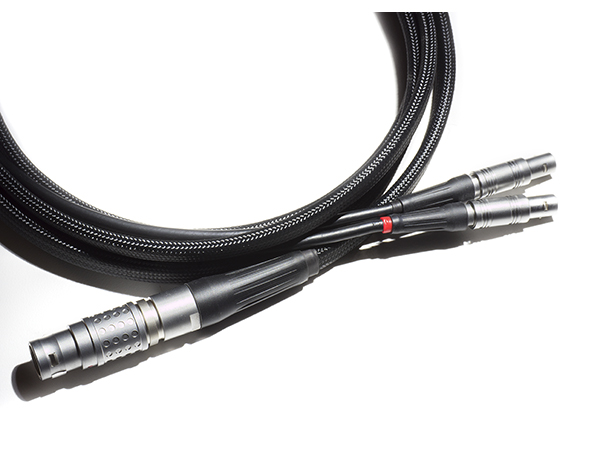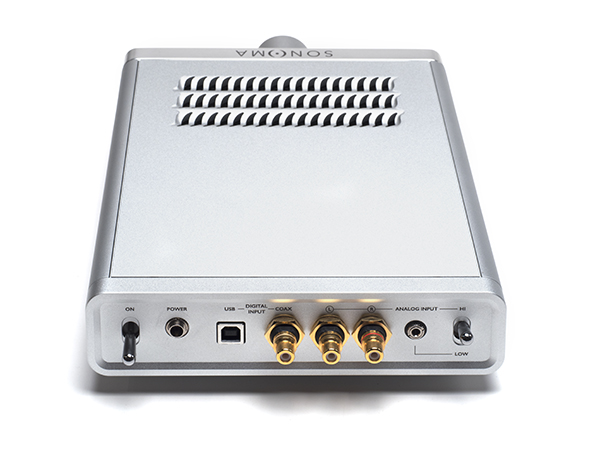 It’s tough deciding what to name something. Taking the short cut and choosing a mere number is still daunting as one culture may see a number as auspicious, while another sees it as perilous.
It’s tough deciding what to name something. Taking the short cut and choosing a mere number is still daunting as one culture may see a number as auspicious, while another sees it as perilous.
Nothing less can be said for the name “Kanta.” In Croatian, Kanta means bucket, while in Sanskrit, it means desired, or beautiful. I’m guessing the latter is more what the Focal product development team had in mind.
The Kantas certainly sound beautiful listening to Adrian Belew’s Inner Revolution, with his signature elephant-like guitar wailing all around the room. If you happen to be a Focal fan, and have been following their progress with beryllium tweeters, every generation is better than the last. Just as Focal did with the Sopra tweeter, the new IAL 3 tweeter in the Kanta not only resolves more fine detail, it’s a touch warmer than the Sopra tweeter. This is neither good nor bad, but it is a different presentation. Do you usually order your car with the sport suspension upgrade? You might prefer Sopra. Do you like a slightly softer ride? You might prefer Kanta. Keep in mind, this is not a huge difference we are talking about here and there’s no wrong choice.
Another part of the Kanta sound is the Flax Sandwich Cone material used in the other drivers. Again, this offers a slightly different tonal rendition than Sopra or Utopia. You can read the details here.
A quick look around the speaker cabinet reveals the same level of quality construction and finish present on the $220,000/pair Grande Utopia EM. The smooth paint finish is like liquid glass, and the perfection of all joints, combined with beautiful machining on the bases and feet makes for a premium product. This is a speaker you will really enjoy living with and looking at, as much as listening to. Thank the team of experienced craftspeople at Focal for this – a visit to their factory reveals only the right people, tools and process for the task. Things that can be done better with a CNC machine or a computer are produced that way. When something requires hand finishing, it is done that way.
At this year’s Rocky Mountain Audio Fest, during the introduction of Focal’s latest masterpiece, there were smiles all around, but I had the biggest smile, knowing a pair of Kantas would be waiting for me when I got home. The other surprise was the cool blue color of my review samples, reminding me (fondly) of the pale blue on a family friend’s Renault Dauphine. So much for the yellow they promised me. Of course, white, black and wood finishes are also available for those less adventurous in their interior taste. Personally, I think it’s very cool that Focal is offering some more fashion forward choices, says the man with orange Sopras.
Childhood memories aside, the Kantas are not vintage in any way. They incorporate all the latest technolological advances from Focal’s engineers. From the new polymer material used in the cabinet, to the new driver designs (more on that here at the Focal website) to the front port, making them even easier to set up than my reference Focal Sopra no.3 speakers. Where the Sopra is particular about getting the rake and toe-in just right for the best performance, Kanta is slightly more forgiving. The Kanta is also more listener friendly right out of the box. The Sopras needed about 50-100 hours to level out, the Kantas were rocking from the first hour.
Speaking of set up
Tipping the scale at just under 80 pounds each, the Kantas are extremely manageable. Only 44 inches tall and slightly more than 12 inches wide, they will be at home in all but the tiniest of rooms. Like any speaker, a little extra room to breathe is always a good thing, but the Kantas deliver excellent results in even our smallest listening room, measuring only 11 x 13 feet. Thanks to one of the two ports being front firing, this speaker is easy to place for optimum coupling to the room.
Quickly optimizing for even bass response, fine tuning the rake for your listening position is a breeze, thanks to the finely threaded feet. This allows you to go slowly and catch the perfect spot where the Kantas disappear in the room like a pair of panel speakers. Incredible. As I’ve mentioned before, fine tuning your speakers to the last degree is much like when you achieve the perfect VTA setting on your turntable, there’s a pocket where the music just flows and loses that sense of being transmitted by a mechanical device. You should be able to take your Kantas from great to transcendental in about an hour or two – less if you have a patient friend.
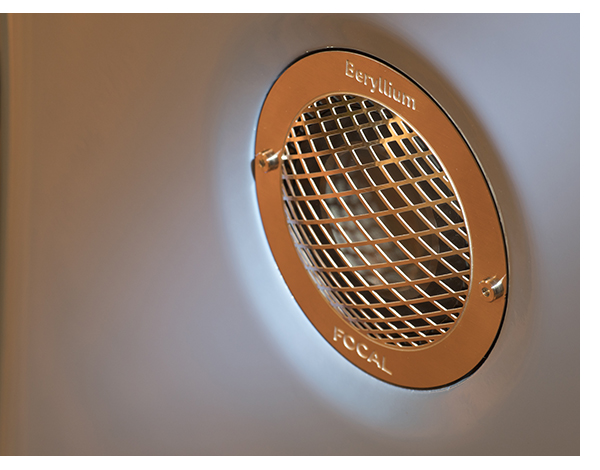 Comfortable with any musical choice
Comfortable with any musical choice
Tracking through Throbbing Gristle’s 20 Jazz Funk Greats, and Autechre’s Anti, the sheer level of low frequency grip these speakers offer is evident. If you listen to a steady diet of this type of music, you may want a larger amplifier with more current reserves to dig down as far as the Kantas can go. Should your taste be more to the middle of the spectrum, anything else will do.
The sparse arrangements in Belle and Sebastian’s “The Everlasting Muse” shows the other side of the Kanta’s character, locking down the pace of this track, easily rendering the delicate vocals, yet swelling up towards the end of the track, easily negotiating the volume and density as it increases.
In perspective, if you consider the rendition of the Sopra as natural/neutral, the Kanta is one or two slight clicks to the warmer/laid back side, almost akin to putting a pair of great NOS 12AX7s in your preamplifier instead of the stock ones, or switching from a Lyra cartridge to a Koetsu.
Focal has always had an excellent reputation for precise imaging, thanks to their beryllium tweeters and this is another exceptional aspect of their performance. Whether listening to an orchestra, a jazz quartet or a well-crafted studio performance, the Kantas produce a large and precise stereo image in all three dimensions. When you have your Kantas optimized, they will disappear in the room like a pair of ESLs.
A Team Player
With a sensitivity rating of 91db/1 watt, a ton of power is not required for a highly musical experience, especially in a smaller room. As with the Sopra, Kanta works well with tube or solid-state electronics, and in the small room, we made it a point to pair them up with PrimaLuna, Rega, Pass and of course the Naim Atom, which is now the room 3 reference. Those requiring reasonable listening levels, wanting a maximum of flexibility will be well served by the Atom, with 40 watts per channel. And the chances of picking one up at your Focal dealer is high, making it a breeze to do one stop shopping.
As someone who prefers to fall in love with a pair of speakers, building and perhaps eventually upgrading around them, the Kantas are a perfect place to begin the construction of an ultimate system. Even starting with a vintage receiver from the 70s, they deliver great sound. As you update your amplification and sources, they will only get better. And you’ll have to spend six figures before you outgrow the Kantas. That’s value and performance.
Can’t stop listening
Wonderful as the Kantas are, these are not fussy, audiophile speakers that can only shine with the best recordings. That tiny drop of warmth in the tonal balance, combined with their incredible resolving power extracts so much musical information from even the worst recordings, (especially if you’ve gone the extra mile and optimized the setup) nothing is out of bounds. Great as they are with your best recordings, the Kantas do a fantastic job at delivering the utmost from marginal to poor recordings. Favorite recordings that don’t always sound the best on a hyper resolving speaker are very palpable through the Kantas, and for most of us, that’s great news.
Where the Sopras are remarkably fatigue free, the Kanta has a slightly lower amount of distortion and increased clarity, that you won’t notice if you don’t have the opportunity to hear them both side by side. In case you might be wondering “why would I want the Sopras then?” the Sopras generate a larger, weightier sense of scale with more ultimate dynamics in a larger room with massive amplifiers driving them. If you need to really rock the walls down, the Sopras still give you more of this, albeit at a higher cost.
The similar voice and tonality of the entire Focal line is by far one of their most impressive aspects. As you go up the range, their speakers reveal progressively more music, resolving more detail and dynamic drive. Even in this area, the Kanta shares the ability to resolve wide tonal contrast, doing an incredible job with music full of hard, quick transients.
One of the most impressive things about Focal, is that their speakers all have a similar voice and tonality, but as you go up the range, progressively more music is revealed in terms of dynamics and fine detail resolution. But not everyone can afford $60k for a pair of Maestros or $20k for Sopras. $10k for a set of Kantas isn’t inexpensive, but by the time you add an amp, source and cables, marvelous sound can still be achieved for way less than a decent sportbike. Think of all the money you’ll save on speeding tickets!
If you’ve read this far, you know I’m a big Focal fan, and the new Kanta exceeds all expectation. They combine sound and build quality with fantastic dealer service and support, world wide. If you’ve enjoyed the sound of the bigger Focal speakers, but desire these sonic attributes in a slightly smaller package, the Kanta is for you.
 The Focal Kanta no.2
The Focal Kanta no.2
MSRP: $9,995/pair
www.audioplusservices.com (NA distributor)
Peripherals
Analog Source GPA Monaco 2.0/Triplanar/Lyra Etna
Digital Source dCS Rossini DAC and clock
Preamplifier Pass XS Pre
Power Amplifier Pass XA200.8 monoblocks
Phonostage Pass XSPhono
Cable Cardas Clear, Tellurium Q Black Diamond
Racks Grand Prix Monaco




